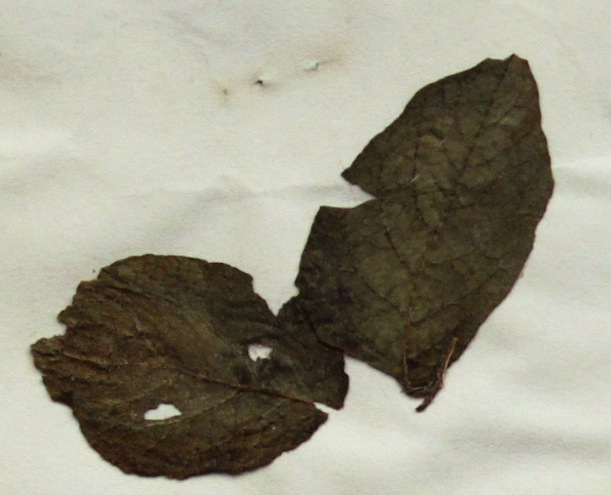Scientists Finally Pinpoint the Pathogen That Caused the Irish Potato Famine
DNA analysis of 166-year-old potato plant leaves has revealed the disease strain that caused the starvation of millions
![]()

A potato affected by P. infestans, the pathogen responsible for the Irish Potato Famine. The exact strain involved in the 1840s famine has now been identified for the first time. Image via USDA
For nearly 150 years, starting in the late 17th century, millions of people living in Ireland subsisted largely off one crop: the potato. Then, in 1845, farmers noticed that their potato plants’ leaves were covered in mysterious dark splotches. When they pulled potatoes from the ground, most were shrunken, mushy and inedible. The blight spread alarmingly quickly, cutting yields from that year’s harvest in half. By 1846, harvest from potato farms had dropped to one quarter of its original size.
The disease—along with a political system that required Ireland to export large amounts of corn, dairy and meat to England—led to widespread famine, and nearly all of the few potatoes available were eaten, causing shortages of seed potatoes that ensured starvation would continue for nearly a decade. Ultimately, over one million people died, and another million emigrated to escape the disaster, causing Ireland’s population to fall by roughly 25 percent; the island has still not reached its pre-famine population levels today.
At the time, the science behind the blight was poorly understood, and most believed it was caused by a fungus. During the twentieth century, scientists determined that it was caused by an oomycete (a fungus-like eukaryote) called Phytophthora infestans. However, without access to the 1840s-era specimens, they couldn’t identify exactly which strain of the organism was responsible.
Now, an international group of scientists has gone back and sampled the DNA of Irish potato leaves preserved in the collections of London’s Kew Gardens since 1847. In doing so, they discovered that a unique, previously unknown strain of P. infestans that they call HERB-1 caused the blight.

Irish potato leaves from 1847, the height of the famine, used as part of the study. Image via eLife/Kew Gardens
The researchers, from the Sainsbury Laboratory in the UK and the Max Planck Institutes in Germany, came to the finding as part of a project sequencing DNA from 11 different preserved historial samples and 15 modern ones to track the evolution of the pathogen over time, published today in the journal eLife .
Currently, P. infestans is distributed worldwide, with the vast majority comprised of the destructive strain US-1. Most of the other strains of P. infestans occur only in Mexico’s Toluca Valley, where wild potato varieties are indigenous, so scientists long believed that US-1 had been responsible for the 1840s famine.
But when the researchers extracted small pieces of intact DNA from the old dried-out potato leaves, originally collected from from Ireland, Great Britain, Europe and North America, and compared them with present-day P. infestans specimens, they found that the strain responsible for the famine differed slightly from today’s US-1.
Based on their analysis of the genetic variation between the two strains and the other historical samples, they suggest that sometime in 1842 or 1843, the ancestor of the HERB-1 strain of P. infestans made it out of Mexico to North America and then to Europe, perhaps contained within the potatoes that ships carried as food for their passengers. Soon, it spread across the world, triggering famine in Ireland, and persisting until the 1970s, when it died out and was largely replaced by the US-1 strain. The two strains likely split apart sometime soon after their common ancestor made it out of Mexico.
The study is the first time that the genetics of a plant pathogen have been analyzed by extracting DNA from dried plant samples, opening up the possibility that researchers can study other plant diseases based on the historical collections of botanical gardens and herbaria around the world. Better understanding the evolution of plant diseases over time, the team says, could be instrumental in figuring out ways to breed more robust plant varieties that are resistant to the pathogens that infect plants today.
/https://tf-cmsv2-smithsonianmag-media.s3.amazonaws.com/accounts/headshot/joseph-stromberg-240.jpg)
/https://tf-cmsv2-smithsonianmag-media.s3.amazonaws.com/accounts/headshot/joseph-stromberg-240.jpg)